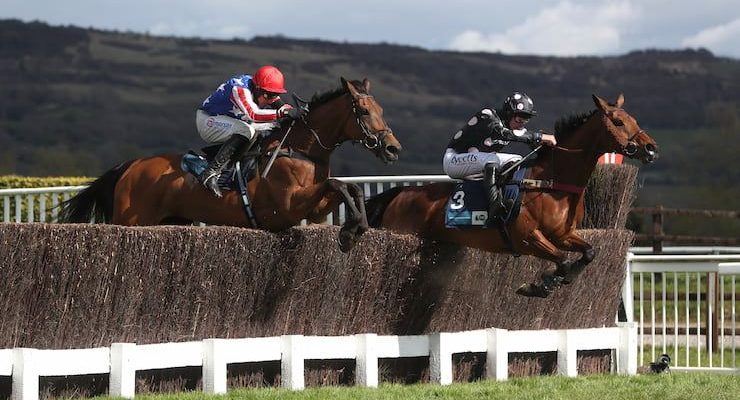Forecast and tricast betting is an important element of sports betting and can offer more value to a bettor.
A forecast is a betting scenario in which the punter predicts which participant will finish in the first and second positions in a sporting event.
Forecasts and tricasts can be placed at any time before the event, but are settled at the participants’ starting price.
There are three types of forecasts; straight, reverse and combination.
In a straight forecast, the selections must finish in the exact order stated by the bettor. In a reverse forecast, the two selections must finish first and second but can be in any order. The stake is doubled in a reverse forecast, as both outcomes are bet upon.
A combination forecast consists of a number of selections, usually between three and six, that must finish in the first two, in any order. The degree to which the stake increases in a combination forecast depends upon the number of participants selected.
Tricast Betting Explained
A tricast operates on the same basic principle as a forecast, but the bettor must pick the participant to occupy the third place as well.
The straight and combination options can be applied to tricasts, but as there has to be a minimum of three selections, reverse tricasts are not possible.
As opposed to an accumulator, all selections in a forecast or tricast must be involved in the same competition or event. However, it is possible to combine two separate forecasts from different events into a forecast double.
Forecast betting can apply to a range of sports. For example, a popular bet amongst football punters can be two teams to finish first and second in the Premier League.
Forecast and tricast betting is popular in horse racing and greyhounds in particular, with the smaller field sizes in some instances allowing the punter to narrow their focus when picking their first, second and third placed fancies.
In events with short priced favourites, forecast and tricasts can allow a bettor to extract more value from the situation and get a bigger pay out.
How Reverse Forecast Bets Work
In a reverse forecast, if the bigger priced participant finishes first and the shorter priced participant comes second, the payout can be much bigger.
For this reason, some punters prefer forecasts and tricasts as they can be played at small stakes while still offering a potentially large return.
However, the disadvantages of forecasts and tricasts are that all selections must finish in the first two or three, so there can be hard luck stories where the punter picks one or two in the correct order but the final selection finishes outside of the first two or three and the bet is lost.
The requirement for forecasts and tricasts to be settled at starting price can also put off some punters who prefer to take early prices, particularly in fluid markets like horse racing.
Compared to each way bets, forecast and tricast betting can produce much bigger returns, but requires both or all three selections to finish in the first three, whereas each way betting focuses on just one selection.






